What is Flower Therapy?
Flower Therapy is based on the belief that psychological and emotional well-being is the cornerstone for reaching or maintaining physical health.
According to Flower Therapy, a patient’s psychological state is not only decisive for their health, but is responsible for it. Therefore, getting rid of the illness is the consequence of having gotten rid of one’s own negative feelings, no matter if these are fear, inferiority complex, sense of guilt, etc. As long as the individual is not able to face these mood concerns to treat them, restoring emotional harmony, the illness will keep sending signals, affecting the body.
On the contrary, the existence of harmony among body, spirit, and mind makes possible relief and recovery, particularly if the individual is able to prevent the symptoms of the disease.
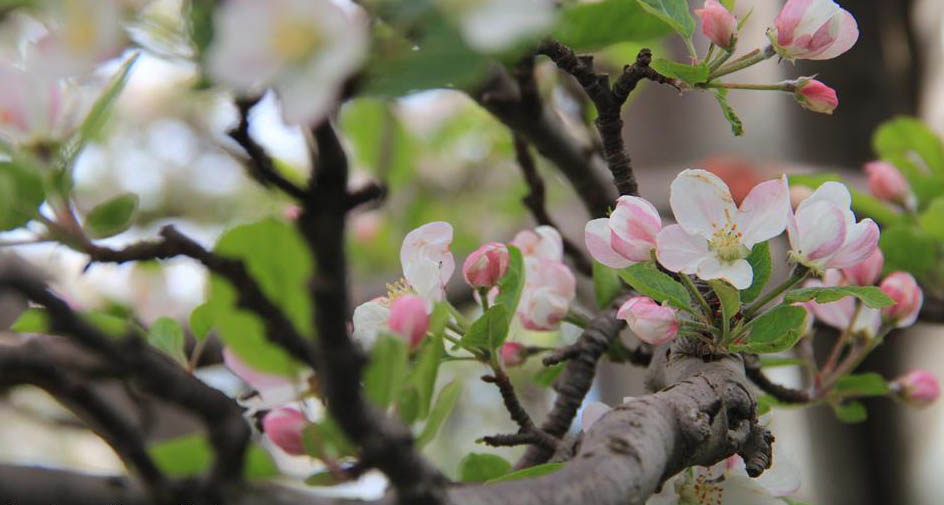
Dr. Bach the founder of flower therapy, identified precise negative emotions able to distress the individual and open the doors to disease. For each single emotion, he found the appropriate Flower Remedies; each of them works in specific patterns and covers various emotional nuances:
- For fear: Rock Rose, Mimulus, Cherry Plum, Aspen, Red Chestnut
- For uncertainty: Cerato, Sclperanthus, Gentian, Gorse, Hornbeam, Wild Oat
- For insufficient interest in present circumstances: Clematis, Honeysuckle, Wild Rose, Olive, White Chestnut, Mustard, Chestnut Bud
- For loneliness: Water Violet, Impatiens, Heather
- For those over-sensitive to influences and ideas: Agrimony, Centaury, Walnut, Holly
- For despondency or despair: Larch, Pine, Elm, Sweet Chestnut, Star of Bethlehem, Willow, Oak, Crab Apple
- For stress about welfare of others: Chicory, Vervain, Vine, Beech, Clear spring water
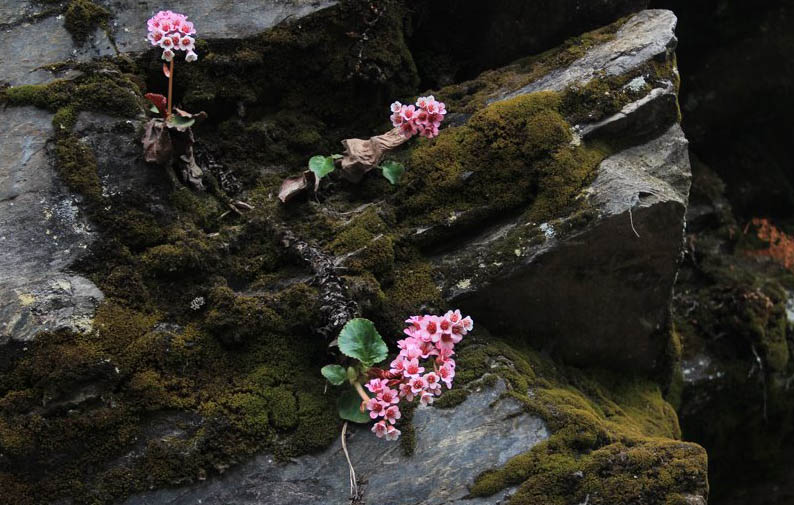
Origins
Between 1930 and 1936, a new method of therapy was developed in the United Kingdom by Edward Bach, a doctor who discovered in some flowers and plants the power to soothe the ailments of the troubled mind. It was an alternate method, completely different from phytotherapy, closer to homeopathy, but with peculiar features. Dr. Bach decided to name it Flower Therapy.
Though developed for soothing human pains, Flower Therapy has also given very good results when used to treat animals. The therapy is not a supplement for clinical medicine but is used in preventive and supportive roles.
Read more about Dr. Bach and his flower therapy at this link.
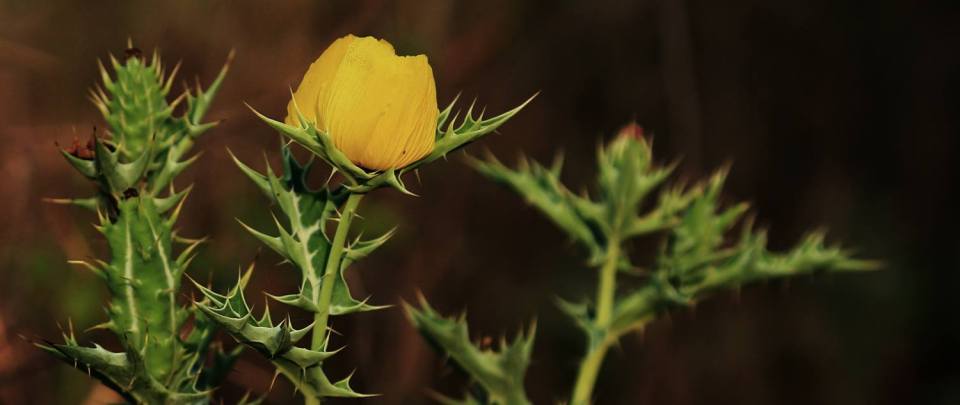
Therapy for flowers
There are lots of books, websites, resources that tells us about taking care of plants, but here is an interesting note by Scilla Di Massa, specifically for taking care of flowers.
A few studies demonstrated that plants love music. But this is not all; they also have preferences: they adore classical music and dislike rock. Put in a place where music was diffused, they reacted by growing in various ways, quite different from similar plants living in the same conditions but without music. Those listening to classical music grew larger than normal size and in the direction of the radio: one of these almost coiled around the radio in order to embrace it. Those that, instead, listened to rock music grew quickly in the beginning but after a short while they withered and died.
The experiment was proposed again using flowers: petunias, zinnias and calendulas. Once more it was verified that rock music stimulates the flowers’ growth, but in a certain sense weakens them, because after fifteen days the calendulas that had listened to acid rock withered, while those that had listened to classical music were still blooming. Moreover, it was noticed that the flowering plants submitted to rock music “drank” a lot more water than those that listened to classical music.
But do plants love classical music unconditionally or do they have preferences? It’s interesting: the composers most loved by the vegetable kingdom turned out to be Haydn, Beethoven, Brahms, Schubert and Bach. Moreover, the plants demonstrated a special preference for some particular musical compositions like Rapsody in blue by George Gershwin. But the most amazing result was shown in a later experiment in which Bach and other Indian devotional music – in particular that composed by the musician–guru Ravi Shankar – was played daily for the plants: in the first case the plants stretched out towards the music of Bach, creating a 35 degree angle, while in the case of Ravi Shankar, the plants, in an effort to catch the source of the sacred Indian music, bent toward it at a 60 degrees.
If you have any personal experiences with plants and music, do share them in the comments box. This is a simple experiment that can be tried out at home. We’d love to hear about your results and the music that your plants love!
Scilla Di Massa
Scilla is an accomplished author of Heal yourself with Bach Flowers Remedies (1991) and The Inner Garden (1994) a book from her research about the healing properties of all 450 flower essences that she uses daily as a naturopath. Scilla currently lives in Milan, Italy, where she successfully practices her profession of naturopathy and flower therapy.
Her latest book Green therapy is the synthesis of Scilla’s life quest. Green therapy is the art of using the hidden power of Nature for healing, happiness and guidance. How can we clean the air of our home just by using specific plants? How can we be nurtured by flowers, and be rebalanced by their colours, form and scents? How can we find the answer to our questions and the road to ourselves just by being in a wood or in a garden?
This unique book combines scientific enquiries with spirituality and is full of practical examples about how we can benefit from Nature without destroying her.
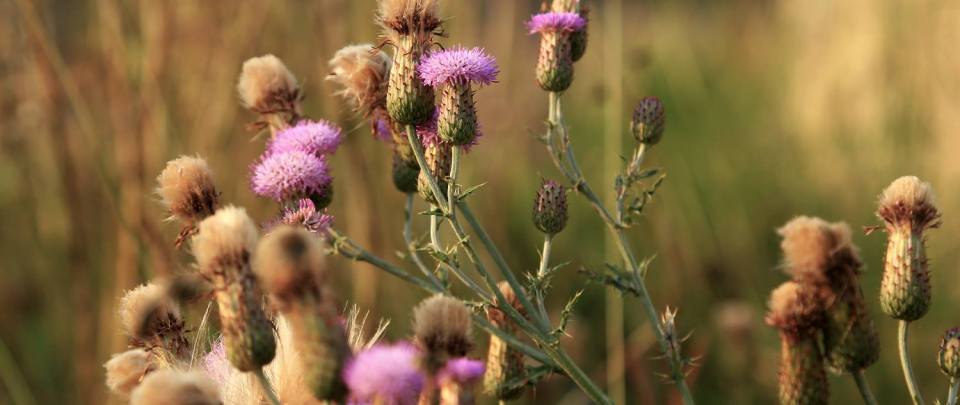
We hope you enjoyed reading this post. If you haven’t already, you can subscribe to our monthly blog posts here. We are a small group of friends trying to help people reconnect with nature. Our aim is simple. Helping people heal. Helping forests heal. To know more about us and join us as a fellow volunteer visit this link.
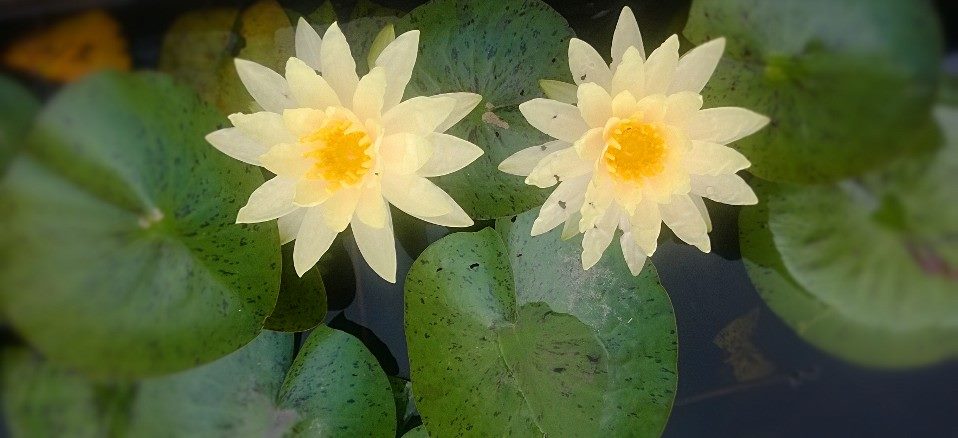
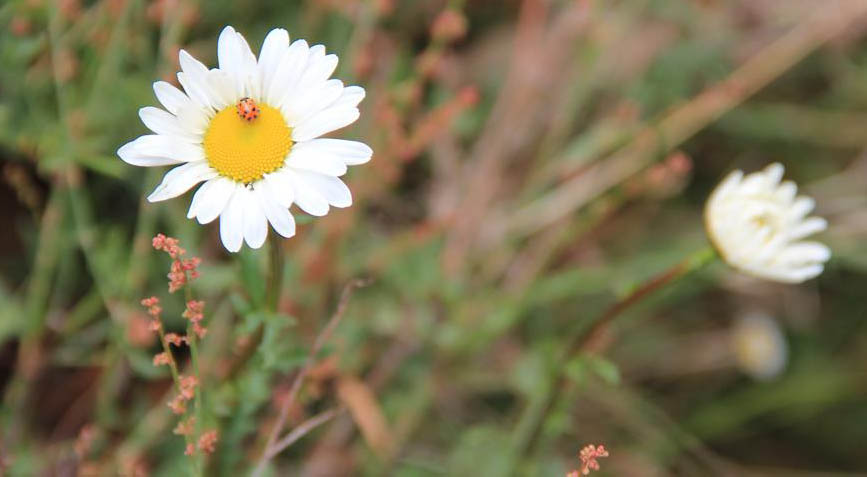
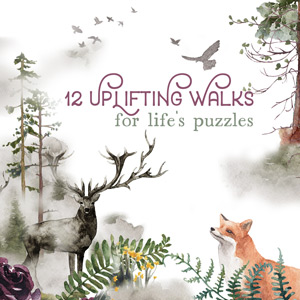
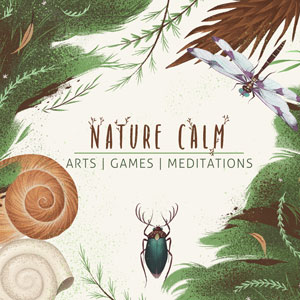
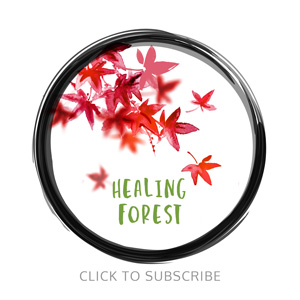
Have you listened to the Music of the Plants? Seeing how plants respond to music is incredible, but listening to plants make music is even more moving and healing!
LikeLike
I also blogged about bach flowers
Bach to Nature… Flower Essences for Emotional Well being.
There was an email from a friend whose dog has cancer and he is seeking help to enable the transition. For him and his dear friend. Thats what …
https://coevolvewithkiran.wordpress.com/2014/11/14/bach-to-nature-flower-essences-for-emotional-well-being/
LikeLike